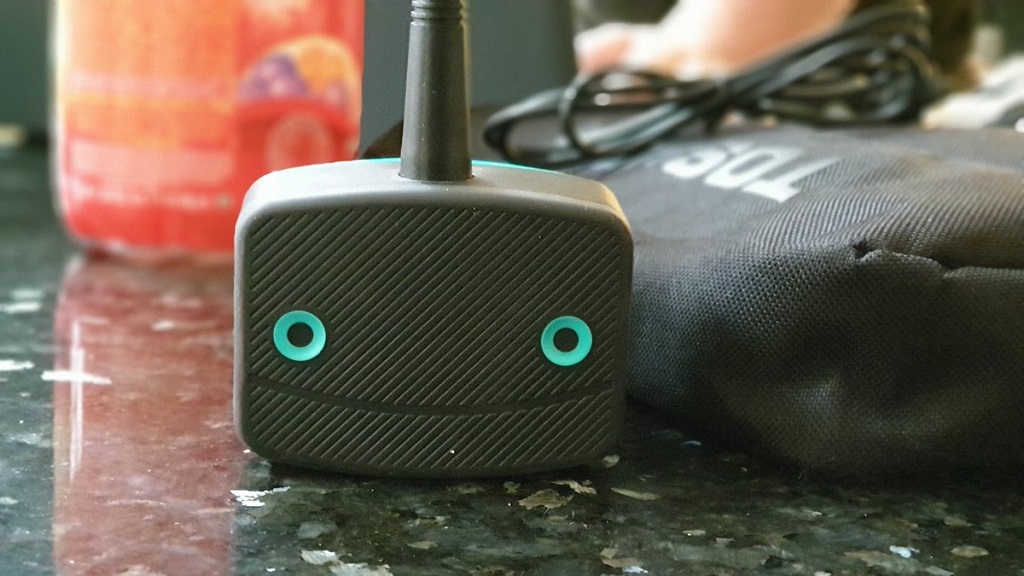For insurtech to progress and reach that tipping point insurtech providers must look to move beyond discussions of the innovation itself

LeakBot boss Craig Foster believes 2020 will be a tipping point for the insurtech sector (Credit: Andre Guerra on Unsplash)
The creation and marketing of technology that collects data to inform risks has been an important theme for the insurtech sector in recent years – but not all ideas survive. Craig Foster, CEO of HomeServe Labs, the insurtech that created LeakBot, explains why 2020 must be the tipping point in which innovation results in business value.
As is the case with plenty of other business sectors, there has been a good deal of discussion about disruption in the insurance industry over the last few years.
Naturally, insurtech has been a consistent theme of the ongoing conversation around innovation within this centuries-old institution, with debate centred on the extent of the role that technology will play across various personal and commercial insurance lines.
Now, though, it feels like we’ve finally arrived at a tipping point.
Far from being seen solely as a disruptive force, insurtech is now beginning to emerge as a defining feature of the insurance industry – and this momentum is only going to grow throughout 2020.
Investment in the global insurtech space is increasing, with funding by Q3 surpassing 2018’s total value – exceeding $1.2 billion for the fifth consecutive quarter.
New players with innovative products and offerings are progressively coming onto the scene, and we’re beginning to see proof-of-concept trials progress to full-scale rollouts across a variety of insurance lines.
We’ve witnessed the launch of Neos in the UK and have seen several forward-thinking insurers across the world collaborating with tech providers to create pioneering connected insurance solutions for customers.

The challenge now for the providers of these tech-enabled products and services is to capitalise on the recent progress that has been made.
Proof-of-concept trials have shown insurers why technology should be a vital, strategic focus for their businesses going forwards by demonstrating the potential not only for new revenue streams, but for entirely new business models – ones that can be shaped and refined to provide ever-greater value to both the insurer and the end customer.
Insurtech providers must now focus on working collaboratively with insurers to identify new ways of improving their offerings and ultimately delivering a better experience for the end customer.
Insurtech is more than just developing exciting tech
For the sector to continue to progress and reach that tipping point in 2020, insurtech providers must look to move beyond discussions of the technology itself.
Whilst this might seem counter-intuitive – particularly given that exciting new technology can often be a unique selling point for insurtech firms – it’s important to recognise that things need to mature beyond ‘innovation theatre’ to demonstrate how innovation provides real-world value and the capability to solve real-world problems.
For example, more insurtech companies are beginning to provide end-to-end service solutions with devices such as detectors and alarms within the home.
These devices take the heartbeat of the home environment, alert the customer to a problem when one has come to light, and provides access to services needed to fix the issue quickly and easily.
Transforming measurement, pricing and risk mitigation
In addition, using individual and personalised policy data, insurtech providers can help insurers migrate from a model that has historically been reactive to one that is more proactive and, ultimately, preventative.
The IoT (Internet of Things) will be key to enabling this as devices will collect insights that will be able to pre-empt certain dangers that are likely to result in costly insurance claims.
The bespoke and granular insights generated by these devices can be put towards reducing the impact of these claims, mitigating future risks and informing policy pricing.
For example, LeakBot – the smart water-leak alarm – allows domestic property insurers to detect and prevent damage from escape of water, which is one of the biggest drivers of insurance claims in the UK.

In the same way that a black box or wearable device allows for real-time monitoring of vehicle safety and health, a smart water-leak detector enables a homeowner to take a more proactive and preventative approach to protecting their home.
In addition, it brings to light a surprisingly common problem that many customers are often unaware they’re suffering.
Nearly half (43%) of domestic homes have invisible leaks, wasting up to 30 litres a day on average – a situation that can cause substantial and costly damage if left unrectified.
As such, receiving a smart device like LeakBot through an insurer could lead to a complete reshaping of the relationship between an insurer and their customers that benefits both parties.
Insurtech firms must collaborate to drive business value from innovation
The highest level of benefit to customers comes from being provided with a product that offers a genuinely practical output function and a complete end-to-end service.
This encourages customers to take on more of a role in actively shaping their own policies and reducing premiums by demonstrating positive behaviour.
For insurers, the benefit comes from greater levels of granular insight, which go into the strategic shaping of services and a reduction in churn.
As we enter the New Year, the traditional model of observing human behaviour, quantifying risk and offering a generic set of services will continue to evolve thanks to the wealth of data available through connected devices.
By way of partnerships and collaboration with insurers, insurtech providers can both drive the industry forward and deliver long term value for both insurers and customers, creating a seamless, end to end solution to a host of potential problems.
